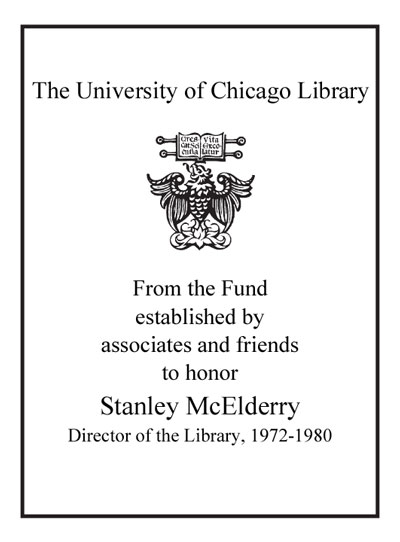Review by Choice Review
A warhorse deserving of pasture, this handbook by Abrams (Cornell) and Harpham (National Humanities Center) manifests the white male centrism of past centuries. The work fails at definition by overfilling entries and by muddling explanations with professorial name-dropping, arrogance, and overkill. Peripheral issues cloud the field, obscuring focus, the fault in presentations of objective correlative and Platonic love. Commentary halts at past plateaus, thus overlooking later applications, as in the case of the entry on dream vision in Native American writing. The worst sin of this bloviated text is omission of basic terms (incongruity, juvenilia, translation, liturgy, shaped poem, Newgate novel, macaronic verse); critical developments (Venn diagram, character web, fairy tale misogyny); genre trends (camp, graphic novel, prequel, sequel novel); feminist terms (New Woman, Sapphics, gendered motifs, male pseudonym, gendered subtext); and aspects of world literature (ghazel, corrido, scripture, kabuki). By ignoring works by women and non-whites, the book maintains a silent diminution of multiculturalism and inclusion. For use by undergraduate and graduate students W. Harmon's A Handbook to Literature (11th ed., 2009) is the best introduction to the aims and mechanics of literature. An adjunct, Laurie Henry's The Fiction Dictionary (CH, Jan'96, 33-2472), connects the reader to 21st-century terms. Summing Up: Optional. Researchers. M. E. Snodgrass Lenoir-Rhyne University
Copyright American Library Association, used with permission.
Review by Choice Review

